
Employee burnout is a state of chronic physical and emotional exhaustion caused by prolonged stress and overwork. On average, one in four employees surveyed report experiencing burnout symptoms according to a McKinsey Health Institute (MHI) global survey. Employee burnout results in weaker performance, increased absenteeism, and a negative impact on overall workplace morale. The detrimental impact of burnout is far-reaching, leading to an increased toxic environment, decreased job satisfaction, reduced efficiency, and higher turnover rates.
However, innovative digital tools can help organizations address this pressing issue and create a more supportive work environment which enhances productivity and ultimately boosts profitability. Digital tools can help leaders recognize the early signs of burnout. By utilizing tools that monitor employee activity and well-being, leaders can address the professional situation – increasing employee satisfaction, engagement, and loyalty.
Monitoring Workload and Time Management
One of the primary contributors to burnout is an overwhelming workload. Digital scheduling and project management tools can assist teams in efficiently organizing tasks, setting priorities, and tracking progress. These platforms enable managers to allocate tasks based on employees’ skill sets, availability, and location, preventing the undue burden that often leads to burnout. By optimizing time management, employees can maintain a healthier work-life balance and allocate time for rest and recuperation.
Enhancing Flexibility with Remote Work Solutions
The rise of remote work has provided both challenges and opportunities. On one hand, remote work can blur the boundaries between personal and professional life, potentially exacerbating burnout. On the other hand, with the right digital tools, it can offer employees greater flexibility and autonomy. Communication platforms facilitate seamless collaboration, regardless of location. Projects remain on-time and on-budget as updates are continually shared and issues are addressed in real-time.
Promoting Mental Health and Well-being
Prioritizing employee well-being is paramount in preventing burnout. Digital wellness platforms offer guided meditation, relaxation exercises, and stress-reduction techniques. Integrating these tools into the daily routine can help employees manage stress, improve focus, and cultivate a positive mindset. Additionally, companies and insurance plans may offer access to virtual mental health counseling services, enabling employees to seek professional support confidentially.
Providing Employee Recognition and Obtaining Feedback
Recognition and feedback play a vital role in employee motivation and job satisfaction. Digital tools provide platforms for peer-to-peer recognition and continuous feedback. Regular acknowledgment of accomplishments can boost morale, increase engagement, and reduce feelings of burnout. Moreover, anonymous feedback mechanisms allow employees to express concerns and suggestions without fear of reprisal, fostering a culture of open communication.
Encouraging Skill Development
Monotony and lack of growth opportunities can contribute to burnout. To combat this, companies can leverage external and internal online learning platforms. By encouraging continuous learning, organizations not only prevent burnout but also cultivate a workforce that remains competitive and adaptable in an ever-evolving business landscape.
Identifying Potential Triggers
Utilizing advanced workforce management tools is a strategic approach to proactively combat employee burnout. Workplace analytics tools provide data-driven insights into employee utilization, activities, behavior, and work patterns. Additional tools can also help identify potential burnout triggers by analyzing factors such as email communication patterns, meeting frequency, and work hours. By spotting early warning signs, organizations can proactively intervene and implement strategies to prevent burnout.
Conclusion
Through smart utilization of technology, companies can foster a more supportive work environment and elevate workforce well-being. Leaders who embrace digitization can boost employee engagement and satisfaction – leading to a more productive and profitable organization.
Related to the MHI survey, the World Economic Forum outlined eight questions for leaders to assess their current approach to addressing employee burnout-related challenges:
- Do we treat employee mental health and well-being as a strategic priority?
- Do we effectively address toxic behaviors?
- Do we create inclusive work environments?
- Do we enable individual growth?
- Do we promote sustainable work?
- Are we holding leaders accountable?
- Are we effectively tackling stigma?
- Do our resources serve employee needs?
They ultimately recommend that organizations take a “systemic approach focused on changing the causes rather than the symptoms of poor outcomes…. [and] suggest employers can and should respond through interventions focused on prevention rather than remediation.”
Schedule a custom demo to see how TeamWherx® can help your construction firm digitize and automate workflows to help drive better productivity and performance.
Share this post:
About the author : Actsoft Team
Actsoft’s team of industry experts have their fingers on the business world’s pulse. It’s our mission to deliver the latest news to keep you and your leaders on top of the latest trends, further helping you to excel and exceed your goals.
















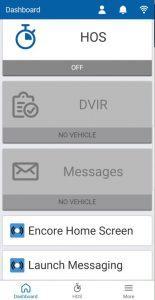
 Encore & Geotab Drive
Encore & Geotab Drive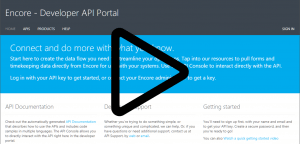
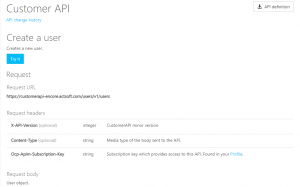
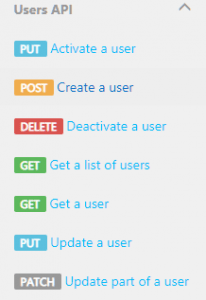
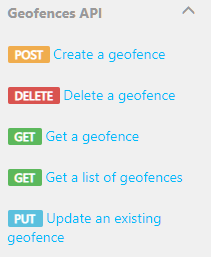

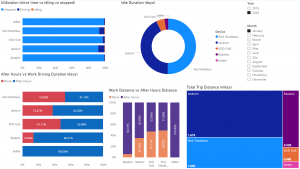
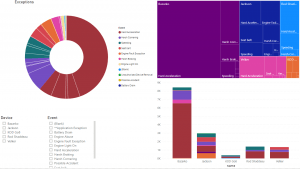
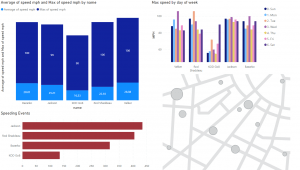
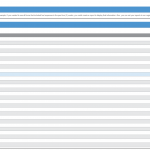
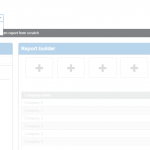
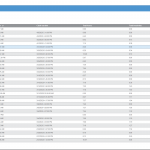
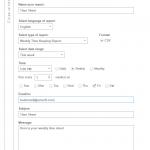



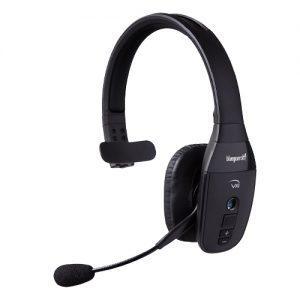
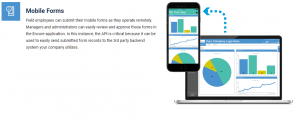
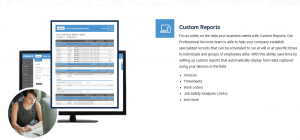
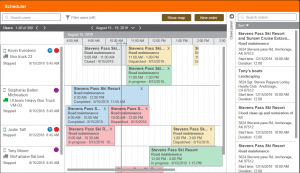
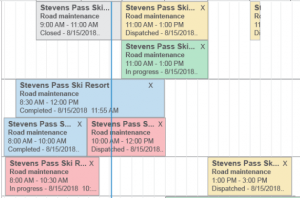

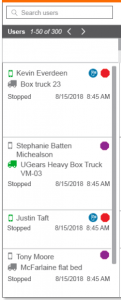
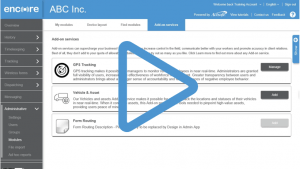
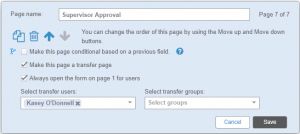
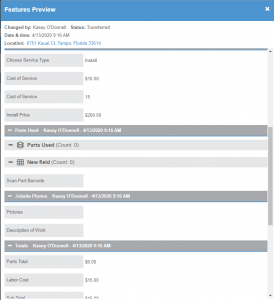
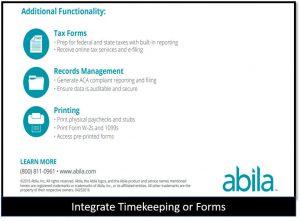
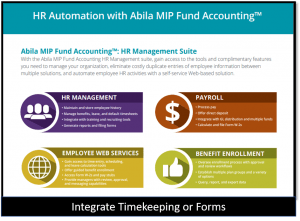
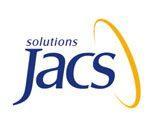
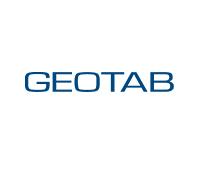 Gain even greater insight into the daily activities of your fleet using the combination of Geotab and Actsoft. Geotab devices provide detailed data collection and seamless integration with our solutions; learn more about the ways your vehicles are being used daily with the power of this tandem.
Gain even greater insight into the daily activities of your fleet using the combination of Geotab and Actsoft. Geotab devices provide detailed data collection and seamless integration with our solutions; learn more about the ways your vehicles are being used daily with the power of this tandem.

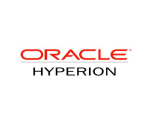

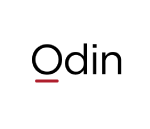 Actsoft partnered with Odin to provide our solutions overseas, through payment processing integrations. Odin helps us support user management for our software; customers can also purchase our products through Odin’s billing platform.
Actsoft partnered with Odin to provide our solutions overseas, through payment processing integrations. Odin helps us support user management for our software; customers can also purchase our products through Odin’s billing platform.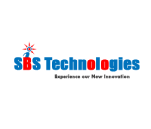

 VisTracks powers our Electronic Logging Device (ELD) solution, which enables transportation businesses to easily automate their hours of service logs, remain in governmental compliance, and reduce their potential to incur costly fines.
VisTracks powers our Electronic Logging Device (ELD) solution, which enables transportation businesses to easily automate their hours of service logs, remain in governmental compliance, and reduce their potential to incur costly fines. Integration between Actsoft solutions and BeWhere’s software products is available. Take your team’s asset tracking, cellular data connectivity, and field insight a step further with effective, cross-application compatibility.
Integration between Actsoft solutions and BeWhere’s software products is available. Take your team’s asset tracking, cellular data connectivity, and field insight a step further with effective, cross-application compatibility.
 CalAmp tracking devices for vehicles and assets alike are compatible with Actsoft solutions, making it easy for you to efficiently monitor your equipment and fleet cars. Help your team enhance accountability, safety, and savings through a combination of easily installed hardware and intuitive software.
CalAmp tracking devices for vehicles and assets alike are compatible with Actsoft solutions, making it easy for you to efficiently monitor your equipment and fleet cars. Help your team enhance accountability, safety, and savings through a combination of easily installed hardware and intuitive software.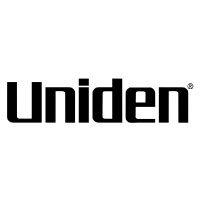 Our partnership with Uniden is ideal for companies looking to gain advanced diagnostics on their fleets. Uniden’s extensive product listing of car electronics like radios, dash cams, radar detectors, and in-vehicle communicators work in concert with Actsoft’s solutions to better connect your vehicles to the company headquarters.
Our partnership with Uniden is ideal for companies looking to gain advanced diagnostics on their fleets. Uniden’s extensive product listing of car electronics like radios, dash cams, radar detectors, and in-vehicle communicators work in concert with Actsoft’s solutions to better connect your vehicles to the company headquarters.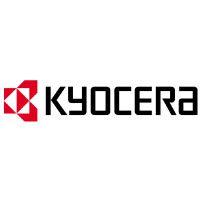 Kyocera offers a wide range of mobile devices, ranging in design from traditional phones to ultra-durable handset technology. Actsoft is able to equip organizations in a variety of different industries with solutions for improved business, while Kyocera supplies the technology they can flawlessly operate on.
Kyocera offers a wide range of mobile devices, ranging in design from traditional phones to ultra-durable handset technology. Actsoft is able to equip organizations in a variety of different industries with solutions for improved business, while Kyocera supplies the technology they can flawlessly operate on.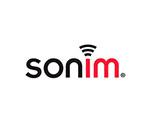

 Our software is the perfect complement to Apple’s user-friendly technology. Equip your workforce with the devices and solutions it needs for optimized productivity during daily operations with Apple and Actsoft.
Our software is the perfect complement to Apple’s user-friendly technology. Equip your workforce with the devices and solutions it needs for optimized productivity during daily operations with Apple and Actsoft.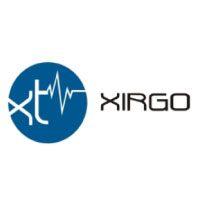
 Actsoft and Sanyo teamed up to merge intuitive business management software with the technology of today. This partnership allows us to provide you with all the tools your team needs for improved workflows, better coordination, and optimized productivity.
Actsoft and Sanyo teamed up to merge intuitive business management software with the technology of today. This partnership allows us to provide you with all the tools your team needs for improved workflows, better coordination, and optimized productivity. Motorola’s mobile technology works in tandem with our solutions to provide extra versatility to your business practices. Coupled with our software’s features, Motorola’s reliable devices make connecting your workforce simpler than ever to do.
Motorola’s mobile technology works in tandem with our solutions to provide extra versatility to your business practices. Coupled with our software’s features, Motorola’s reliable devices make connecting your workforce simpler than ever to do. We’re able to bundle certain solutions of ours (including our Electronic Visit Verification options) with Samsung devices to help your team achieve as much functionality as possible, while keeping rates affordable. Use these combinations for accurate recordkeeping, improved communication, and smarter data collection in the field.
We’re able to bundle certain solutions of ours (including our Electronic Visit Verification options) with Samsung devices to help your team achieve as much functionality as possible, while keeping rates affordable. Use these combinations for accurate recordkeeping, improved communication, and smarter data collection in the field.